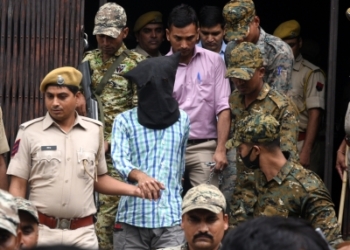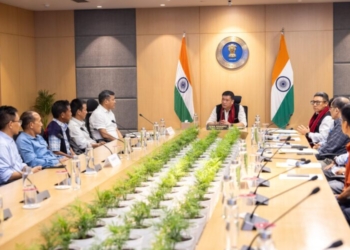New Delhi: The World Health Organization (WHO) has underlined the urgent need for countries in the Southeast Asia region and globally to strengthen health systems to prevent, detect, manage and care for birth defects to mark this year’s World Birth Defects Day (March 3).
Globally, an estimated 8 million newborns are born with a birth defect every year. Nine out of every 10 children born with a serious birth defect are in low and middle-income countries, said the global health body.
The deformities are structural or functional anomalies that occur during intrauterine life.
The most common severe birth defects are heart defects, neural tube defects and down syndrome, but there are many others, which can be caused by one or more genetic, infectious, nutritional or environmental factors.
“In the Southeast Asia region, birth defects are the third most common cause of child mortality, and the fourth most common cause of neonatal mortality, accounting for 12 per cent of all neonatal deaths. Between 2010 and 2019, birth defects increased as a proportion of child mortality in the region, from 6.2 per cent to 9.2 per cent, and in four countries, birth defects now contribute to more than 20 per cent of under-five mortality,” said Poonam Khetrapal Singh, WHO Regional Director for Southeast Asia.
Singh said that birth defects contributed to at least 117,000 deaths in the region, equal to around 22 per cent of the global total in 2019.
“Since 2014, WHO has supported all countries of the region to drive rapid, sustained reductions in maternal, newborn and child mortality, which has included targeted action to prevent, detect, manage and care for birth defects. All member states have initiated hospital-based birth defect surveillance and are implementing national action plans to prevent and manage birth defects,” she added.
Six member states – Bangladesh, Bhutan, India, Maldives, Myanmar and Nepal – continue to support a WHO-developed online database to better track birth defects.
All the countries have initiated routine rubella vaccination for girls, achieving an average coverage rate of 83 per cent. Maldives and Sri Lanka have eliminated rubella, while Bangladesh, Bhutan, Nepal and Timor-Leste have controlled congenital rubella syndrome, Singh said.
(IANS)

















